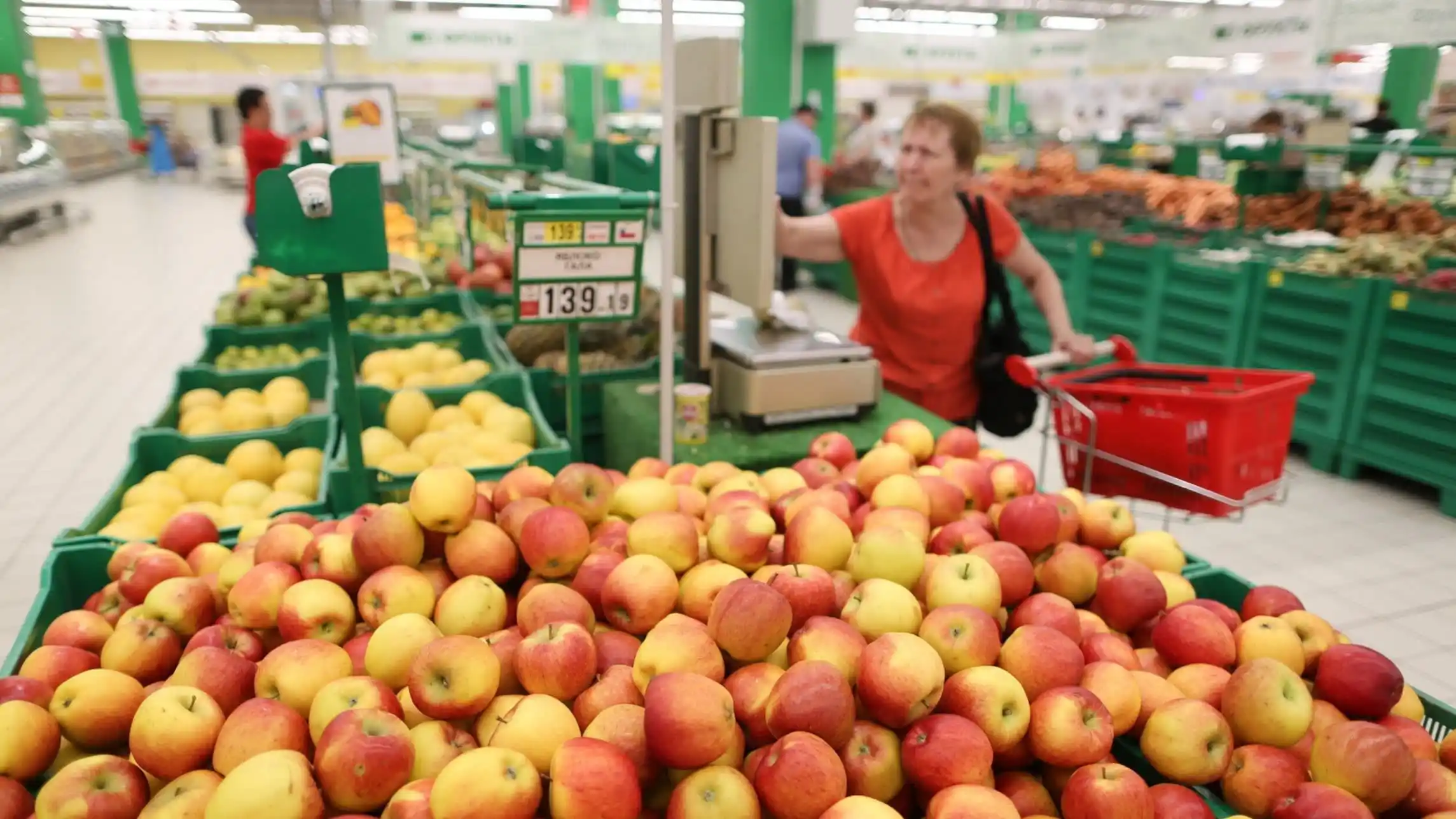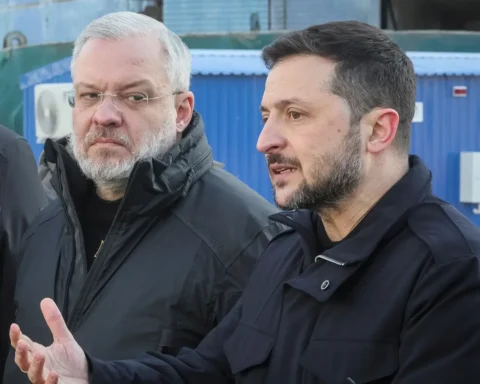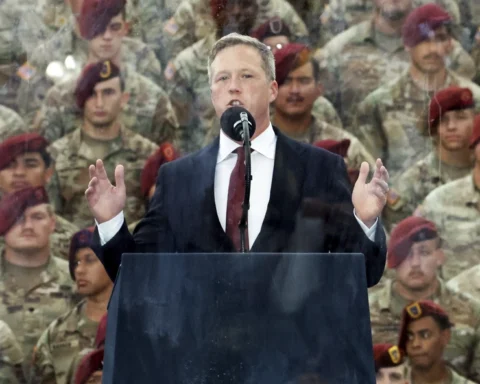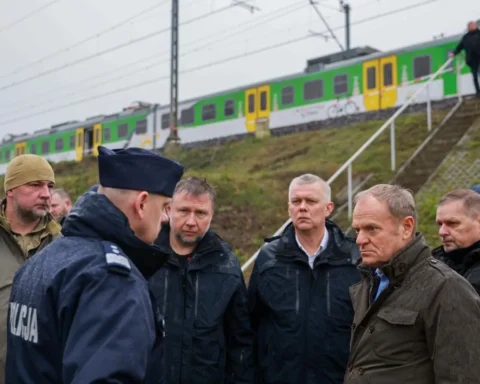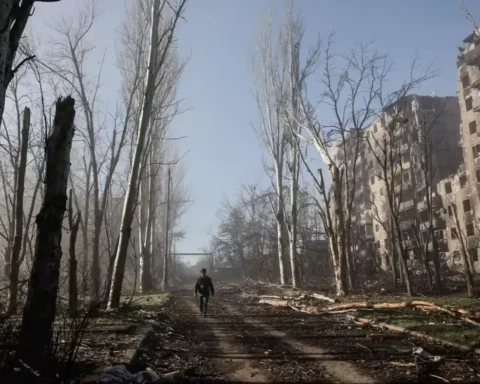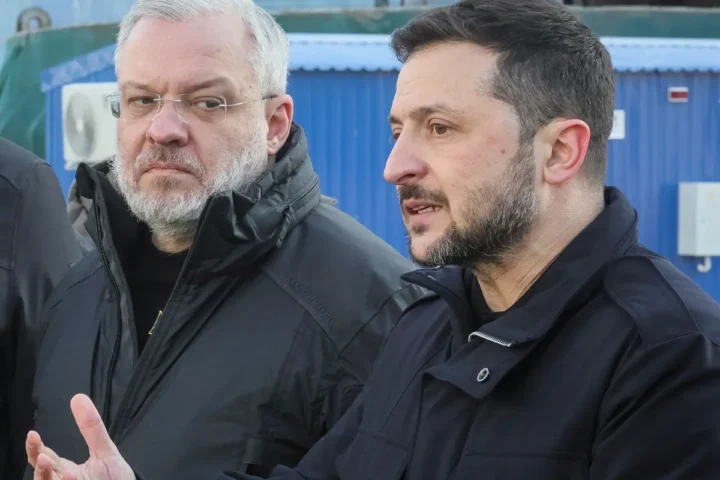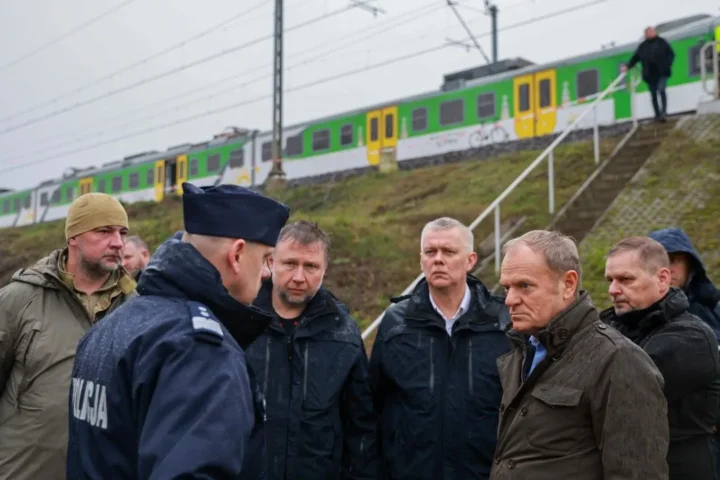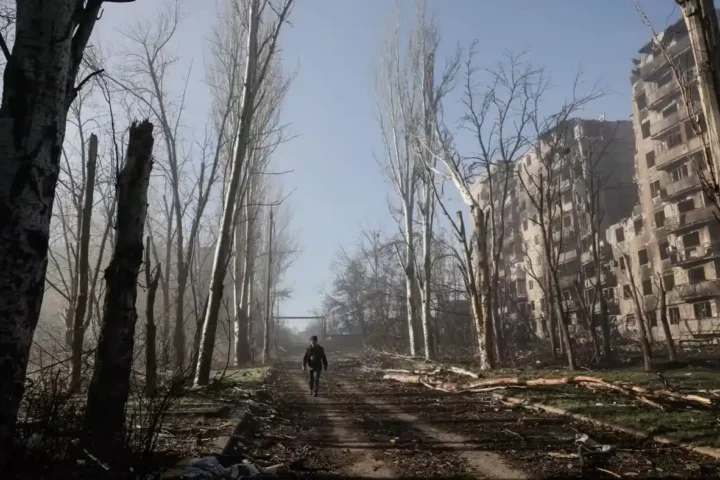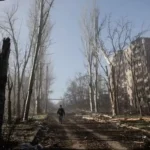Russia and North Korea are rapidly strengthening their ties in the spheres of economy, politics, and military cooperation — against the backdrop of the war in Ukraine and growing international isolation for both regimes. In 2024, Vladimir Putin and Kim Jong Un signed a new strategic agreement, and this diplomatic gesture was followed by concrete steps, bringing mutual benefits in the form of money, technology, labor, and arms.
North Korean apples are already being sold in Russian supermarkets, while producers of jam, sausages and even beer are registering trademarks in Russia. According to The Financial Times, North Korea is actively expanding its exports to Russia using new logistics routes — including a $100 million bridge over the Tumen River and a planned 10,000-kilometre railway line between Pyongyang and Moscow.
From Cultural Exchange to Troop Deployment
Over the past year, North Korean students and university rectors visited Vladivostok, and Russian theatre troupes performed in Pyongyang. However, the most significant shift is happening in the military sphere. According to South Korean intelligence cited by Yonhap News Agency, since October North Korea has supplied Russia with around 12 million artillery shells. Moreover, an estimated 13,000 North Korean troops have been deployed to the Kursk region.
Although those forces have suffered heavy casualties, they received high praise from Russia’s Security Council Secretary Sergei Shoigu, who said the North Korean soldiers were “defending Russia as if it were their own motherland.” Now, Moscow is planning to send another 6,000 North Koreans — including 5,000 military construction workers — which, according to analyst Andrei Lankov, appears to be a “test run” for large-scale labor migration.
Economic Lifeline for Kim’s Regime
In exchange for military and logistical support, Pyongyang receives cash, resources, and technology. Expert estimates suggest that the partnership with Russia has already brought billions of dollars to Kim’s regime — through direct payments, barter shipments, and technology transfers. According to Peter Ward of the Sejong Institute think tank, even modest Russian investment could have a “genuinely transformative” impact on North Korea’s stagnant economy.
“Even limited investment in rural infrastructure could improve the lives of millions of North Koreans,” Ward said. He also believes that North Korean laborers could remain in Russia even after the war, filling critical workforce shortages in the Russian Far East.
Still, Ward cautions that Pyongyang may squander the Russian windfall: “While some funds may be used to improve conditions for parts of the population, much of it is likely to go toward prestige projects like skyscrapers in Pyongyang and privileges for the elite.”
North Korea as a Partner Under Siege
This new alignment is not only pragmatic. According to Lankov, both Moscow and Pyongyang now want to send a clear signal: their alliance is here to stay. Previously, the Kremlin was reluctant to acknowledge direct military aid from North Korea — but that is no longer the case.
Russian Foreign Minister Sergey Lavrov recently met with Kim Jong Un aboard his yacht off the coast of Wonsan. During the meeting, Kim declared his country’s “unconditional support” for Russia’s goals in Ukraine, and Lavrov responded by saying that Russia “respects and understands” North Korea’s nuclear ambitions.
Experts emphasize that even after the war in Ukraine ends, this military partnership will give both countries greater leverage. “Access to Pyongyang’s stockpiles of artillery shells and ballistic missiles will remain useful for Russia, allowing it to intimidate Ukraine and other countries,” Ward said. Meanwhile, North Korea gains advanced technologies and financial inflows that could significantly accelerate its weapons program.
Victor Cha, Korea Chair at the Center for Strategic and International Studies (CSIS) in Washington, warned that Russian financing and technological aid “will significantly speed up” North Korea’s nuclear development.
The U.S. at a Crossroads
Amid this emerging Moscow–Pyongyang axis, former U.S. President Donald Trump recently signaled his willingness to reengage in diplomacy with Kim, calling him a “very smart guy” and head of a “big nuclear nation.” However, Cha cautions that the dynamics have changed. To bring Kim back to the negotiating table, Washington would need to offer far more than it did during Trump’s first term — when the two leaders met three times.
“Trump should not imagine that his personal charm will somehow sour Kim on a lucrative relationship with Russia or convince the North Korean leader to give up the significant leverage he now enjoys,” Cha said.
This article was prepared based on materials published by The Financial Times. The author does not claim authorship of the original text but presents their interpretation of the content for informational purposes.
The original article can be found at the following link: The Financial Times.
All rights to the original text belong to The Financial Times.


